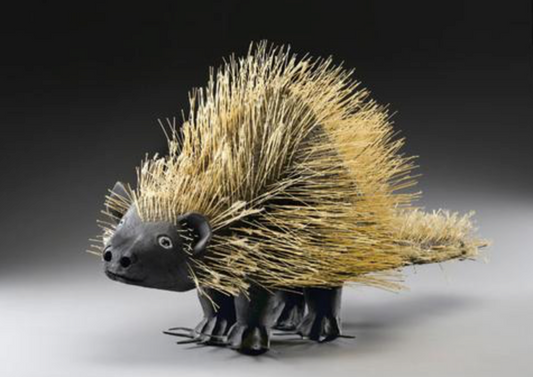talkingfashion

Contemporary Fashion Jewelry Designer Heidi Daus
Statement jewelry pieces is what Heidi Daus creates. Her inspiration comes from art deco and chinoiserie. Fans adore the luxurious feel her pieces give them. Due to her passion of...
Contemporary Fashion Jewelry Designer Heidi Daus
Statement jewelry pieces is what Heidi Daus creates. Her inspiration comes from art deco and chinoiserie. Fans adore the luxurious feel her pieces give them. Due to her passion of...

Designer Spotlight: Sugar Gay Isber
Designer Spotlight: Sugar Gay Isber By Paige McKirahan This week, we have decided to spotlight a designer that is not only prominent in our collections, but prominent in jewelry lover's...
Designer Spotlight: Sugar Gay Isber
Designer Spotlight: Sugar Gay Isber By Paige McKirahan This week, we have decided to spotlight a designer that is not only prominent in our collections, but prominent in jewelry lover's...

A Passion for Jewelry
I don't know about you, but to me jewelry means joy. My dear grandmother planted this seed in my head when I was a little kid. I was always intrigued by the most...
A Passion for Jewelry
I don't know about you, but to me jewelry means joy. My dear grandmother planted this seed in my head when I was a little kid. I was always intrigued by the most...
The Met Museum Presents Jewelry: The Body Trans...
The Met Museum Presents Jewelry: The Body Transformed By Paige McKirahan In the wake of The Metropolitan Museum of Art’s most successful fashion related exhibit since its conception (talking...
The Met Museum Presents Jewelry: The Body Trans...
The Met Museum Presents Jewelry: The Body Transformed By Paige McKirahan In the wake of The Metropolitan Museum of Art’s most successful fashion related exhibit since its conception (talking...

Folk Art in Fashion Culture: Folk Couture
Folk Art in Fashion Culture: Folk Couture By Paige McKirahan When evaluating the vast number of art movements that have influenced fashion and design for centuries, it seems like...
Folk Art in Fashion Culture: Folk Couture
Folk Art in Fashion Culture: Folk Couture By Paige McKirahan When evaluating the vast number of art movements that have influenced fashion and design for centuries, it seems like...
Sustainable Jewelry: Horn and Tusk Accessories
Horn and Tusk Jewelry By Paige McKirahan Though there may be some controversy surrounding the use of animal materials in the fashion industry, this practice has been in place since...
Sustainable Jewelry: Horn and Tusk Accessories
Horn and Tusk Jewelry By Paige McKirahan Though there may be some controversy surrounding the use of animal materials in the fashion industry, this practice has been in place since...